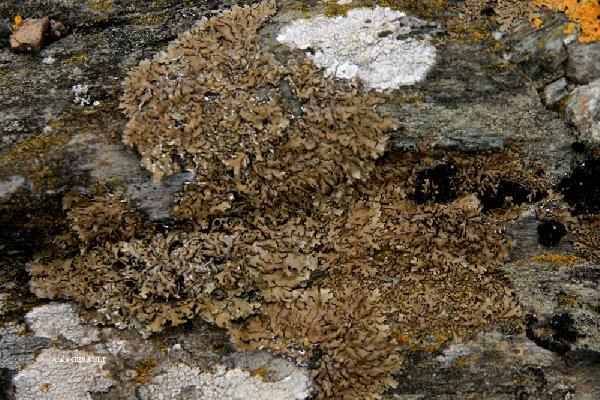Xanthoparmelia delisei (Duby) O. Blanco, A. Crespo, Elix, D. Hawksw. & Lumbsch
Taxon, 53: 967, 2004. Basionym: Parmelia olivacea var. delisei Duby in DC. - Bot. Gall., 2 éd., 2: 602, 1830.
Synonyms: Neofuscelia delisei (Duby) Essl.; Parmelia delisei (Duby) Nyl.; Parmelia prolixa var. perlata Sambo; Parmelia pulla var. delisei (Duby) H. Magn.; Parmelia samboana Gyeln.
Distribution: N - VG (Giordani & al. 2003), TAA (Giordani & al. 2003), Lomb (Giordani & al. 2003), Piem (Giordani & al. 2003), VA (Piervittori & al. 2001), Emil (Giordani & al. 2003, Fariselli & al. 2020), Lig (Giordani & al. 2003, Rizzi & al. 2006). C - Tosc (Giordani & al. 2003), Marc (Giordani & al. 2003), Laz (Giordani & al. 2003), Sar (Giordani & al. 2003, Rizzi & al. 2011). S - Camp (Garofalo & al. 1999, Ricciardi & al. 2000, Giordani & al. 2003), Si (Giordani & al. 2003).
Description: Thallus foliose, heteromerous, dorsiventral, adpressed to adnate, forming 4-15 cm wide rosettes. Lobes elongated, 1-4 mm wide, radiating toward margins, occasionally pruinose, more or less strongly maculate at tips, olive-brown to grey-brown, unevenly rumpled and transversely wrinkled. Lower surface dark brown to black, with simple rhizines. Upper cortex brown, paraplectenchymatous, with a pored epicortex, the cell walls with Xanthoparmelia-type lichenan; medulla white; lower cortex paraplectenchymatous. Apothecia usually numerous, lecanorine, sessile to stipitate, to 12 mm across, with a red-brown disc and a smooth thalline margin. Epithecium brown; hymenium and hypothecium colourless; paraphyses simple; hypothecium colourless. Asci 8-spored, clavate, the K/I+ blue tholus penetrated by a faintly amyloid apical cushion with parallel or diverging flanks, the wall K/I-, surrounded by a K/I+ blue outer layer, Lecanora-type. Ascospores 1-celled, hyaline, ellipsoid, 7-11 x 4-6 µm. Pycnidia common, immersed. Conidia weakly dumbell-shaped, 4.5-7 x c. 1 µm. Photobiont: chlorococcoid. Spot tests: upper cortex K-, C-, KC- or KC+ faintly yellow, P-, UV-, N+ blue-green; medulla K-, C- or C+ faintly red, KC+ orange-red, P-, UV-. Chemistry: medulla with glomellic, glomelliferic and perlatolic acids, often with gyrophoric acid as well, and numerous other accessory compounds. Note: on base-rich siliceous rocks. Perhaps this may be the primary, sexually reproducing species of X. loxodes, chemically different from X. pulla, and probably often confused with it in the earlier Italian literature.
Growth form: Foliose, broad lobed
Substrata: rocks
Photobiont: green algae other than Trentepohlia
Reproductive strategy: mainly sexual
Commonnes-rarity: (info)
Alpine belt: absent
Subalpine belt: absent
Oromediterranean belt: absent
Montane belt: very rare
Submediterranean belt: rather rare
Padanian area: absent
Humid submediterranean belt: rather rare
Humid mediterranean belt: rare
Dry mediterranean belt: extremely rare

Predictive model
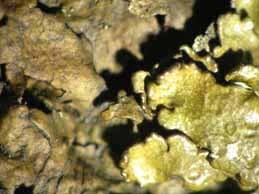
Harrie Sipman – Source http://www.bgbm.fu-berlin.de/sipman/Zschackia/AegeanLichens/CaloplacaAC.htm - As Caloplaca oasis


Felix Schumm – CC BY-SA 4.0
Image from: F. Schumm (2008) - Flechten Madeiras, der Kanaren und Azoren. Beck, OHG - ISBN: 978-3-00-023700-3
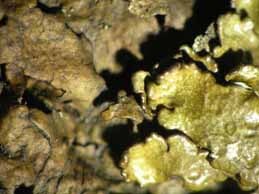
Harrie Sipman – Source http://www.bgbm.fu-berlin.de/sipman/Zschackia/AegeanLichens/CaloplacaAC.htm - As Caloplaca oasis
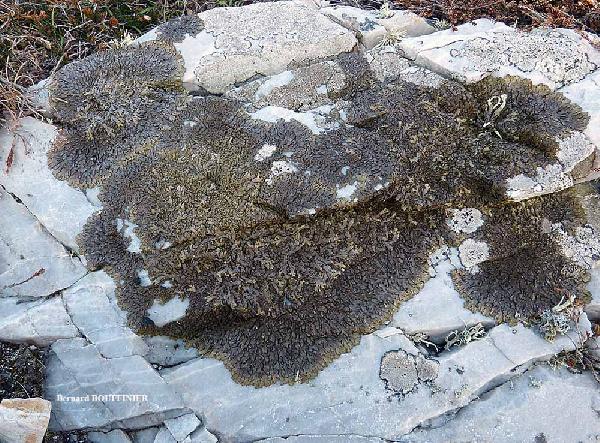
Bernard Bouffinier - Source: http://www.lichensmaritimes.org/index.php?task=fiche&lichen=89&lang=en
France, Pointe de Pen-Hir
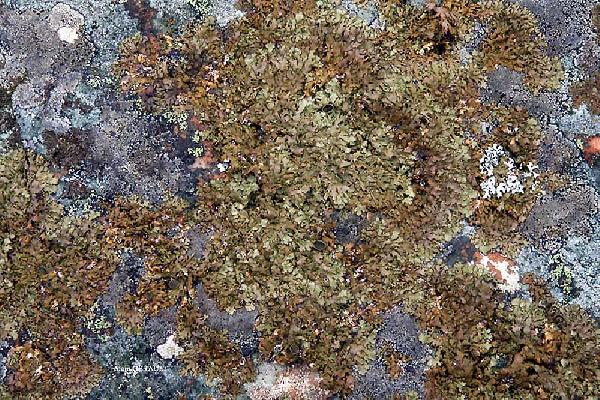
Alain Gerault - Source: http://www.lichensmaritimes.org/index.php?task=fiche&lichen=89&lang=en
France, Pointe de Pen-Hir
Growth form: Foliose, broad lobed
Substrata: rocks
Photobiont: green algae other than Trentepohlia
Reproductive strategy: mainly sexual
Commonnes-rarity: (info)
Alpine belt: absent
Subalpine belt: absent
Oromediterranean belt: absent
Montane belt: very rare
Submediterranean belt: rather rare
Padanian area: absent
Humid submediterranean belt: rather rare
Humid mediterranean belt: rare
Dry mediterranean belt: extremely rare

Predictive model

Harrie Sipman – Source http://www.bgbm.fu-berlin.de/sipman/Zschackia/AegeanLichens/CaloplacaAC.htm - As Caloplaca oasis


Felix Schumm – CC BY-SA 4.0
Image from: F. Schumm (2008) - Flechten Madeiras, der Kanaren und Azoren. Beck, OHG - ISBN: 978-3-00-023700-3

Harrie Sipman – Source http://www.bgbm.fu-berlin.de/sipman/Zschackia/AegeanLichens/CaloplacaAC.htm - As Caloplaca oasis

Bernard Bouffinier - Source: http://www.lichensmaritimes.org/index.php?task=fiche&lichen=89&lang=en
France, Pointe de Pen-Hir

 INDEX FUNGORUM
INDEX FUNGORUM
 GBIF
GBIF
 DOLICHENS
DOLICHENS

